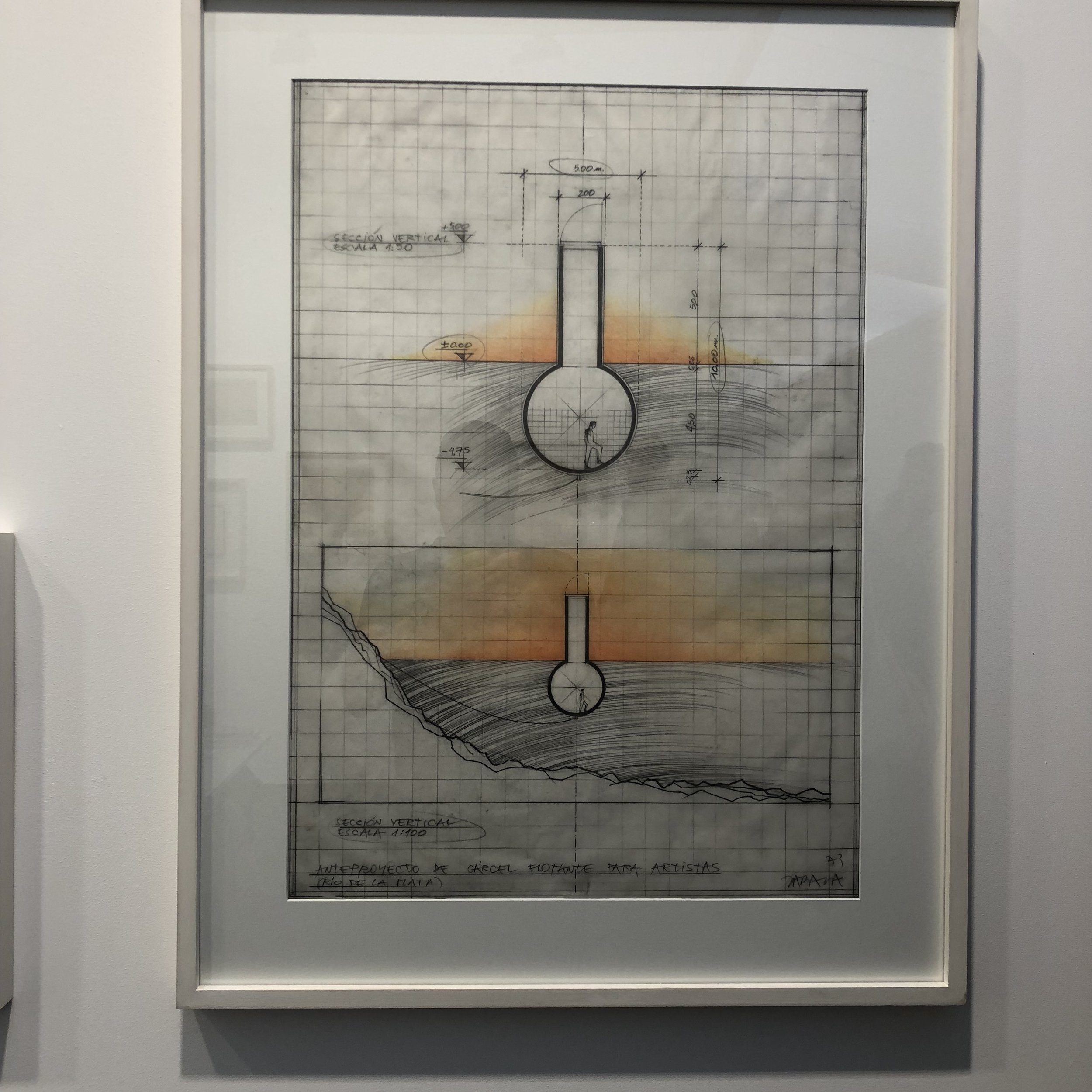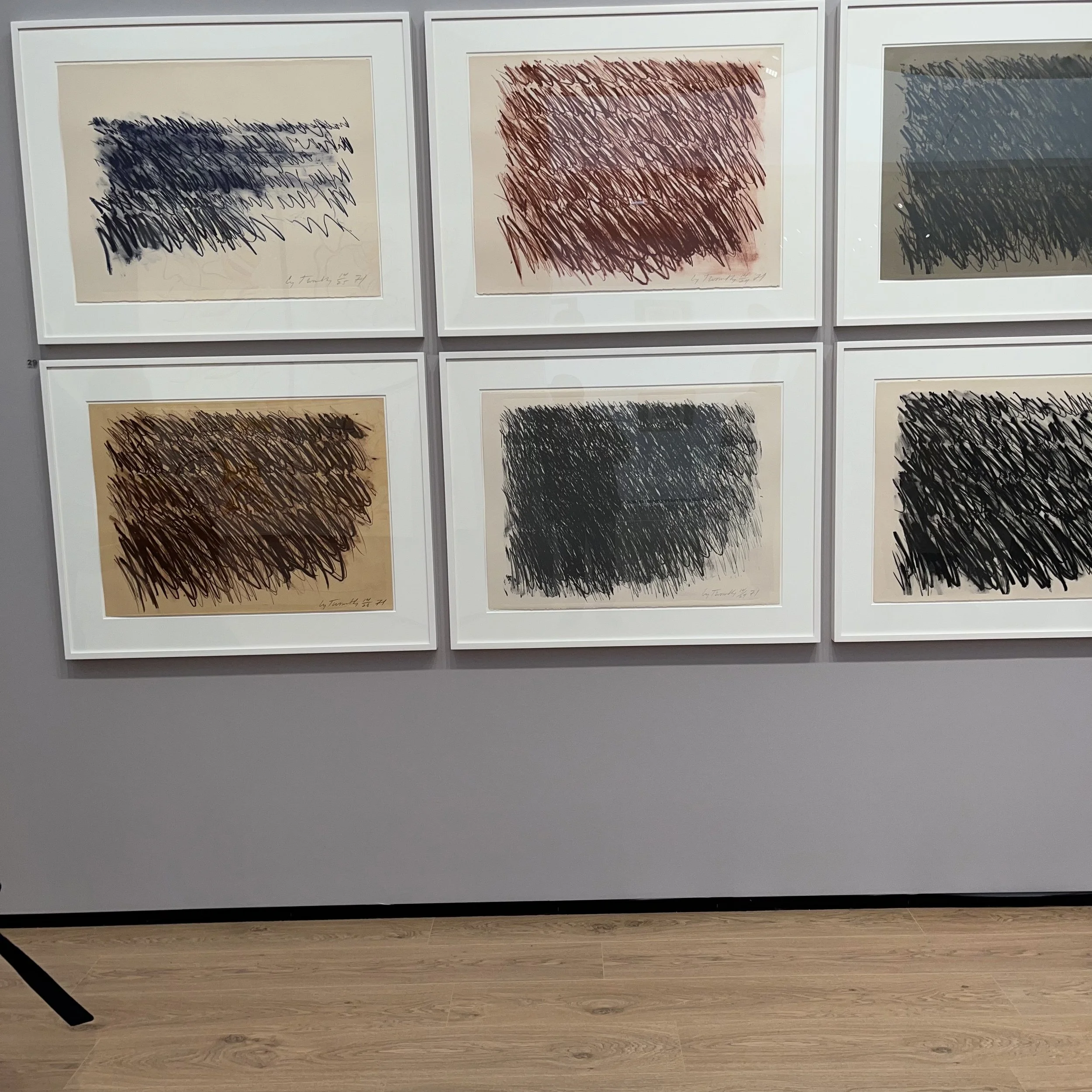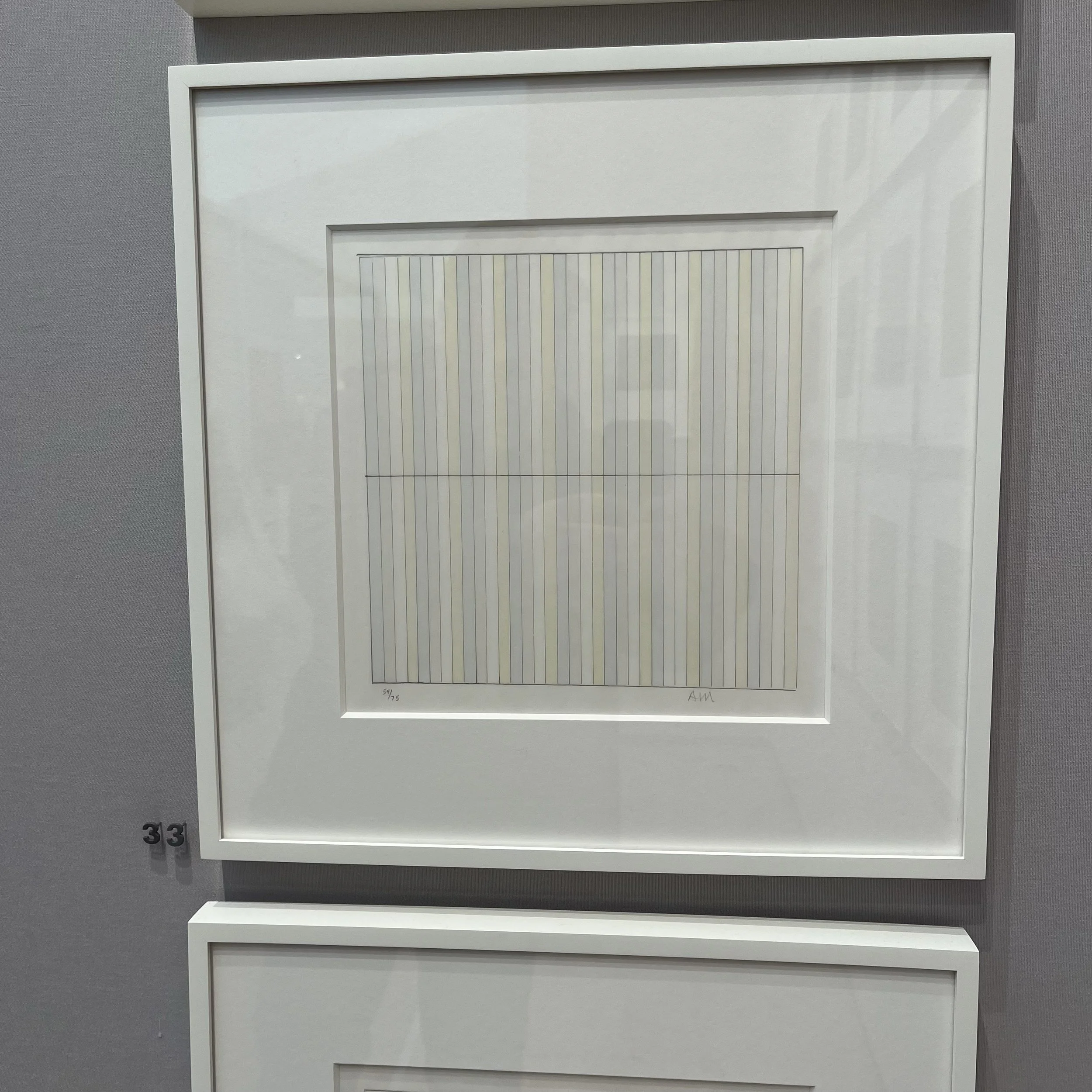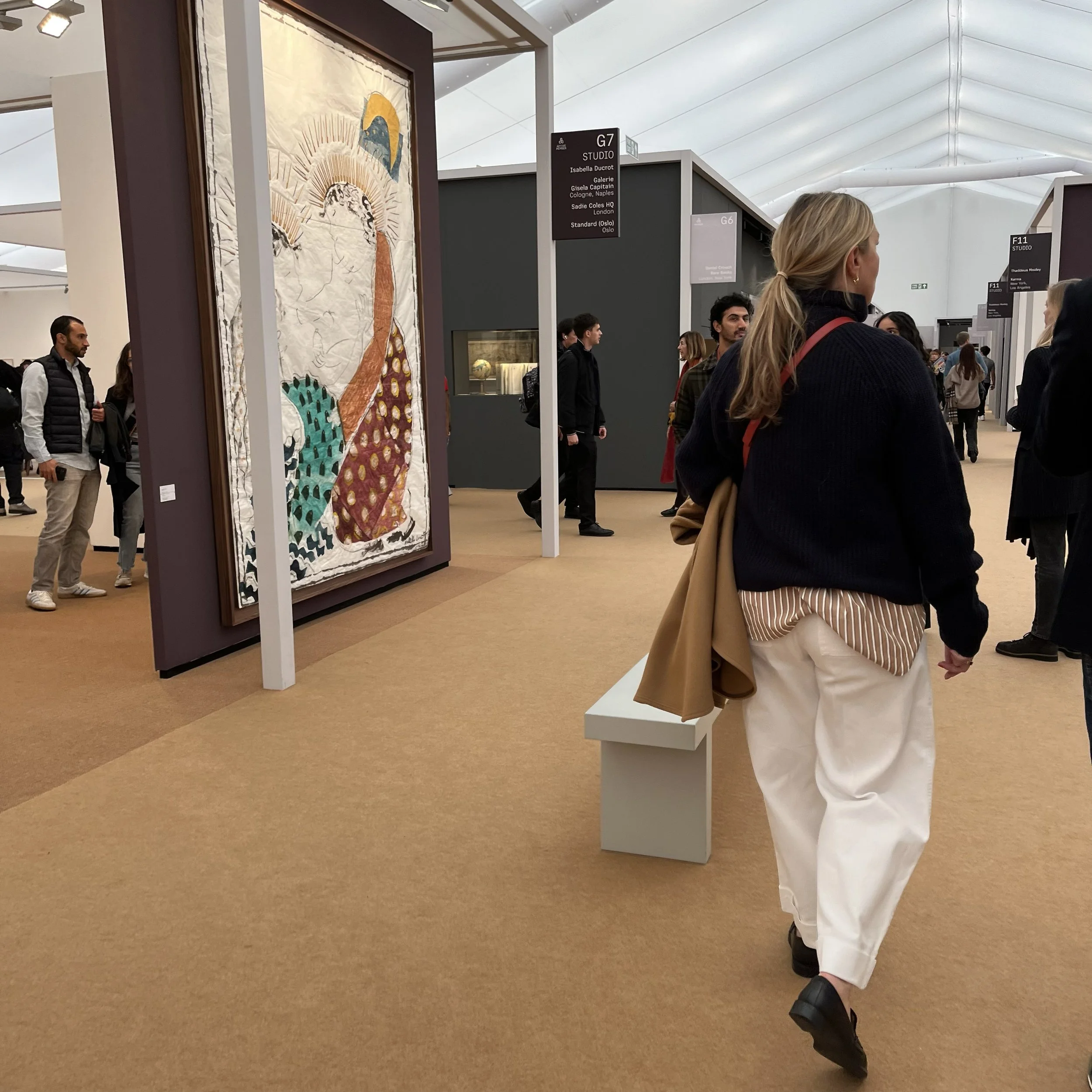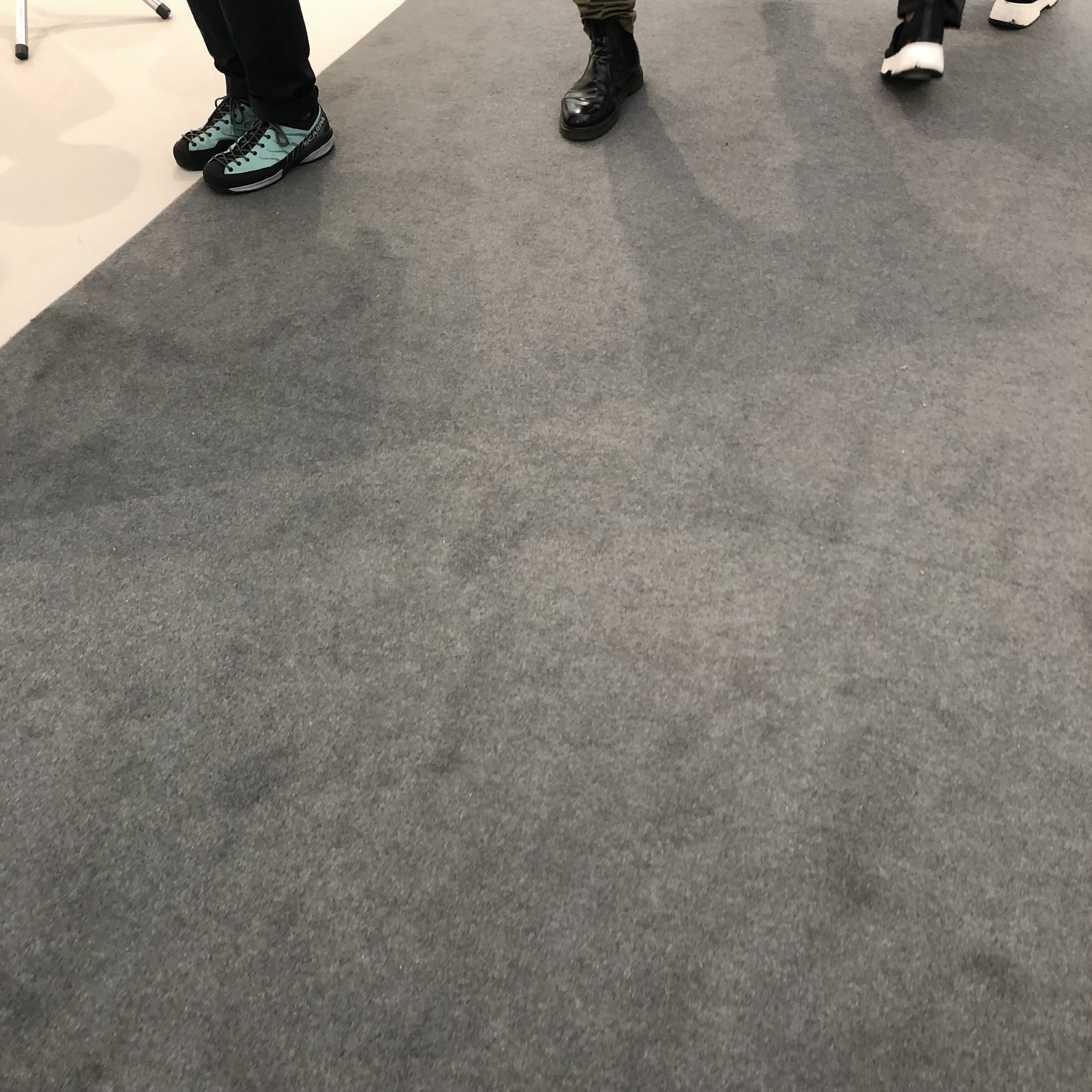
Frieze 2024
Introduction
Frieze London and Frieze Masters once again took over Regent’s Park this October, bringing together an extraordinary range of galleries, artists, and audiences. The fair’s combination of high-profile commercial booths, curated sections, and satellite programming makes it a global barometer for contemporary practice as much as a marketplace. Reporting from the fair, Venice Agendas followed the threads that seemed most urgent, asking what Frieze 2024 revealed about the state of art today.
Our View
Frieze is always a study in contrasts: at once a stage for spectacular displays and a site for serious curatorial work. This year was no exception. On one hand, the fair confirmed the art market’s appetite for blockbuster names and glossy presentations; on the other, it offered glimpses of how artists and curators are negotiating more fragile and contested cultural terrains.
What struck us most was the insistence on dialogue between art and the wider world. In Regent’s Park, the Frieze Sculpture exhibition, curated by Fatoş Üstek, brought together works by Leonora Carrington, Theaster Gates, Yoshitomo Nara, and Zanele Muholi, among others. These outdoor interventions invited slower looking, framed by the seasonal light and movement of the park. Particularly resonant were Fani Parali’s Aonyx and Drepan, animated by performers who “sang” across pathways, collapsing the distance between sculpture and live action; and Kirstine Roepstorff’s Lightning Rod, which channelled ideas of energy and transformation.
Inside the fair, the curated Studio section and Frieze Masters Talks programme signalled a desire for more than market spectacle, foregrounding artists whose practices probe histories, identities, and politics. Yet this sat alongside celebrity appearances and brand collaborations, a reminder that Frieze operates at the intersection of culture and commerce.
As critics, we left with the sense that Frieze 2024 captured a precarious balance: between urgency and entertainment, between critical inquiry and commodity. The fair remains a stage where these tensions are on full display—both its greatest strength and its ongoing challenge.
Highlights
Studio Section (curated by Sheena Wagstaff) : featured Doris Salcedo, Thaddeus Mosley, Adriana Varejão, and Nathalie Du Pasquier. Varejão’s Rio studio film was the most-watched on Frieze’s Instagram this year.
Frieze Masters: Hew Locke gave a film-led tour of his display as his British Museum exhibition opened. Talks included Nairy Baghramian, Jeremy Deller, Shirazeh Houshiary, Mark Leckey, Glenn Ligon, and Ming Smith.
Frieze Sculpture: Works by Leonora Carrington, Theaster Gates, Yoshitomo Nara, Zanele Muholi, Frances Goodman, Mohamed Ahmed Ibrahim, Albano Hernández, Fani Parali, and Kirstine Roepstorff activated Regent’s Park.
No.9 Cork Street: Events included Josh Brolin and Dune cinematographer Grieg Fraser in Meet Me at Reception; designer Marco Capaldo in conversation with Hans Ulrich Obrist; and Thom Yorke with Stanley Donwood presenting new collaborative works.
FOOTFALL
These photographs, taken during Frieze 2024, shift attention from the artworks on display to the people encountering them. By focusing on shoes, steps, and stances, the images capture the subtle choreography of wandering, waiting, and watching that unfolds across the fair. In doing so, they suggest that spectatorship itself—how bodies move, pause, and occupy space—becomes part of the exhibition.
The core team of Venice Agendas, lead artist, Terry Smith, curator Mark Segal and producer Chelsey Browne and our freelance roving reporters Jean Wainwright and Sacha Craddock continue to surf art fairs and biennials. Looking at the current landscape of contemporary art.
Since 2003 Frieze has become an essential part of the art world calendar , it muscled in on the few conventional art fairs like ART Basel which has been operating since the 1970’s.
But what is interesting is the the ‘circus’ of the art fairs have become the staple for the art world to rehearse, test the water, create discussion, but of course its main purpose is to be a platform for commercial galleries to make money.
Its important to understand the difference from art fairs, and Biennials. A bienalle was invented to embellish a city of country the origin in the big national exhibitions of trade that were a feature of the 19th Century when the imperialist states needed or wanted to show off the accomplishment of colonialism.
The Art Fairs origin probably comes from the carnivals that spread across Europe but are a feature of most comunities world wide. But also from the idea of festivals which are usually invented by enthusiasts who are invloved in the activity as either players or promoters. In fact Art Basel began by three Basel Gallerists in 1970.
In 2024 we incorporate Frieze and other art fairs and biennials to give an analyisis not only of the purpose of the art fair/ biennial history, but also reviews and viewpoints of the art as well.








